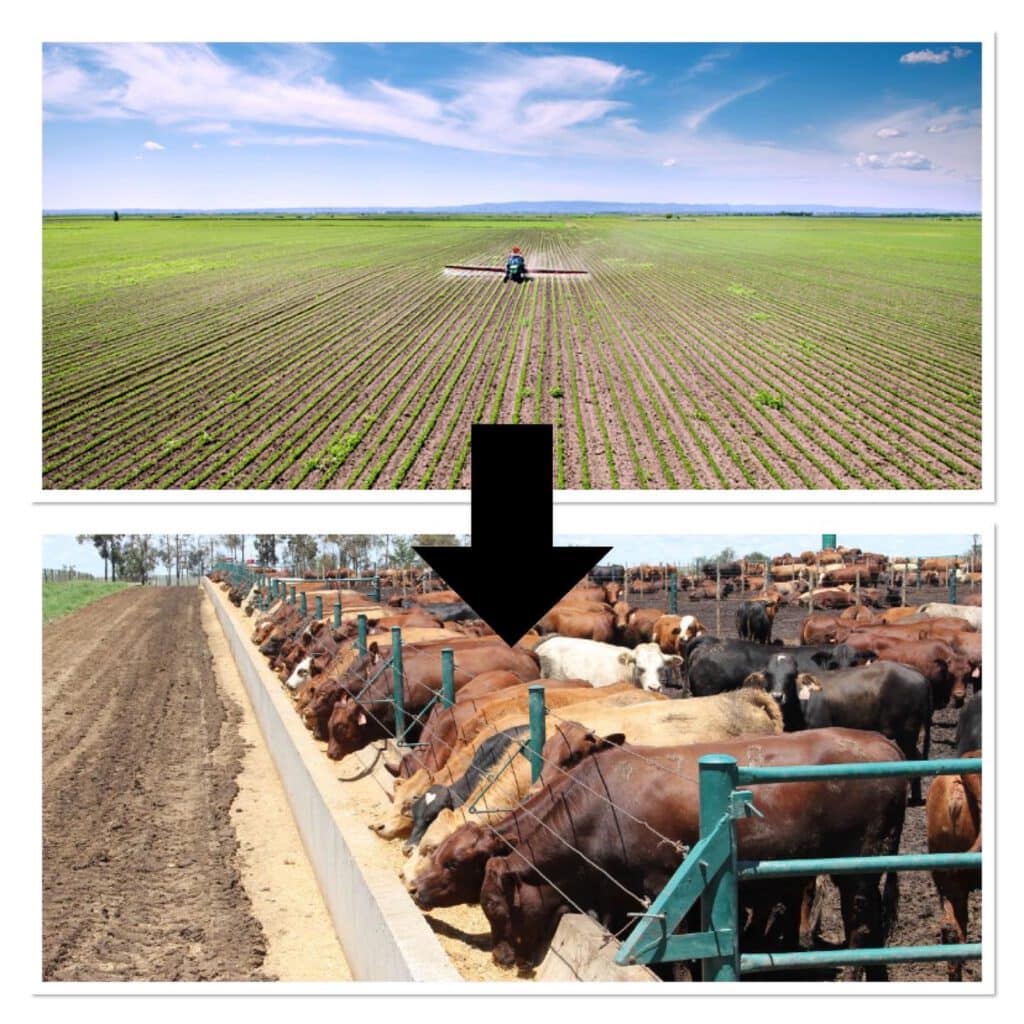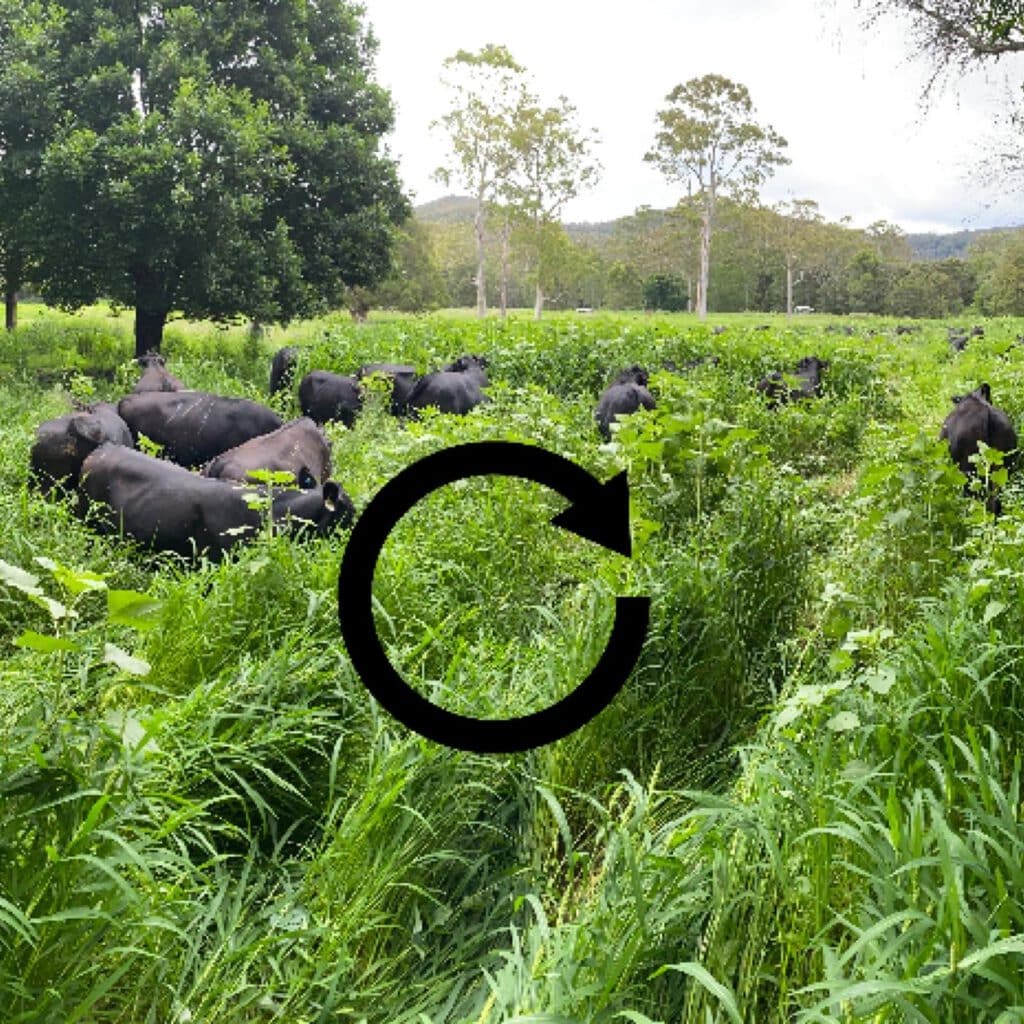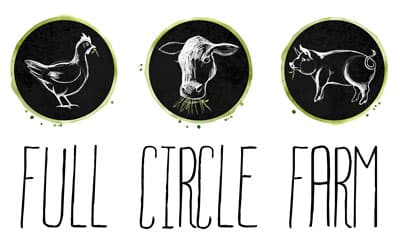Carbon neutral beef. Good or bad?
Carbon neutral beef. Yet another buzz word for the consumer to decipher. I’m a farmer first and a writer second so I’m going to keep it short and sweet. There’s so much more nuance to discover but let’s start with a generalised overview.
Carbon neutral essentially means aiming to have a zero-carbon footprint. Big beef corporations are now cottoning on to this cash cow – I mean, environmentally-enhancing-feel-good-business-venture. I’ve checked out numerous websites and my goodness, the feel-good pictures. Buzz words like ‘low stress’, ‘pristine pastures’, ‘sustainable’. The purchasing of carbon credits. It’s enough to bring a tear to the eye, until you actually call them and get some of the missing information.
My assumption if we are talking about carbon neutral beef, is that their cattle are grass-fed and grass-finished. After all, what could be more environmentally friendly than a ruminant animal out in the field for their whole life, doing what they have done since time began. How wrong I was. A good chunk of these operations are finishing their cattle on grain in feedlots. Yes, you read that right.
You see, grain finishing cattle is the practice of an animal spending its last 60-120 days in a feedlot eating grain. This gets fat and size onto the animal cheaply and efficiently. I have a whole bunch of issues with this model. Environmentally speaking, it’s the fact that in order to do this, we need to grow grain crops using a monoculture-style farming practice that removes trees and wildlife. The eradication of 99% of sentient life in a monoculture system is staggering. This type of farming generally promotes erosion, poorer soils and the use of pesticides, herbicides and fungicides to keep production going. Now I do understand feedlots have advantages, such as in droughts, when it’s hard to finish cattle on grass. However, I do think the water and cropping management to grow the grain can be used to grow cover crops to fatten cattle on as an example. Cover crops can also be very beneficial for soil health. There’s more nuance to an enormous shift in an industrial food production system than what I’ve suggested above, but it will only take consumers being more aware to drive that change in a good direction. I think it’s important to note, that feedlot producers should not be vilified. They’re simply answering the call of cheap meat. I’m all for fair prices, but cheap usually means someone or something has suffered as a consequence. Whether it’s the animal, the land, the consumer’s health, the farmer, the meat quality or sometimes all of the above.

Cows are designed to eat grass. They’re an herbivore. This amazing animal works in symbiosis with the ecosystem to prune the grass and draw carbon back down into the ground in the process, enhancing soil and overall landscape function. Trees, wildlife, diversity as a whole are encouraged. Some use the term regenerative agriculture, carbon positive farming or holistic planned grazing to describe this technique. Whatever you call it, it can be fantastic for the environment if done right. Grass-fed and finished operations can sequester far more than what they emit. For example, White Oak Pastures in the states have conducted a third-party study showing they sequestered a staggering 919 tons of carbon into the soil in just one year. 111% lower emissions than the conventional beef counterparts. They are a genuine carbon positive operation.

Grass-fed and grass-finished beef is arguably better for you, with the latest research showing it is higher in nutrients, phytonutrients, antioxidants, key fatty acids, vitamins, minerals, protein and amino acids. Combine that with a better overall life for the animal and we are onto a winner.
So, what’s my ultimate beef with carbon neutral beef? I guess it’s the fact that yet again, the consumer is left confused by the labels. Anyone looking to buy beef that is good for the animal, land and their health may naturally assume a green carbon neutral sticker on a rump steak pack in a supermarket to be a home run, when in fact, it seems some of these operations are producing beef in a very similar fashion to what they already have been. They’re improving some factors of their operation, making up the difference by buying some carbon credits and not addressing the elephant in the room- the fact they’re still grain-finishing cattle in feedlots for the ever-consuming goal of profit. Certifications, fancy words, verifications and green labels will come and go, but what will stand the test of time is knowing your farmer personally and understanding their practices.
